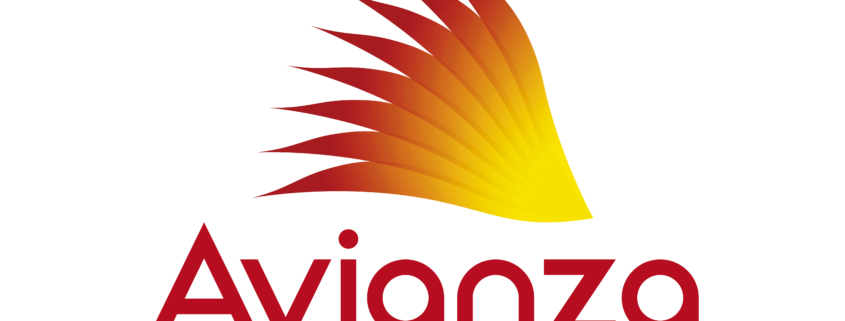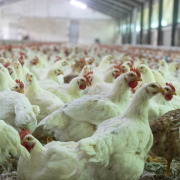Vision from Avianza on the situation of the poultry meat sector
Following the request of some media for the vision of our interprofessional in line with the press release issued on October 17, 2023 by COAG, with the title “Chicken meat would triple its price to the consumer with the review of animal welfare regulations proposed by the EU” (link), from Avianza we want to join this concern, which we share.
Our general secretary, Jordi Montfort, In these statements, it analyzes the impact on the poultry meat production sector in Spain of a possible implementation of the EFSA recommendations, which is being evaluated by the European Commission.
Ask: What is the status of the negotiation with the European Commission regarding this issue?
The European Commission's deadlines are very clear. Right now they are evaluating issuing animal welfare regulations with an impact analysis in which the sectors involved have not been consulted. That is to say, there has not been a negotiation table or a discussion table in which the producer or the producing countries have been able to raise their voices and be heard.
In terms of animal welfare, producers are the first ones interested in ensuring that our animals are well at all times. If an animal is not healthy, if an animal does not have the water, drink or food it requires, if it does not have the space it requires or the conditions in which it is housed are not adequate, the animal simply does not produce, it is That is, it is not sustainable production. Therefore, the points described in this regulation lack, from our point of view, very, very great field technical rigor.
They do not reflect in any way all the guarantees that we have in terms of animal welfare today, since here in Spain many of the animal welfare issues analyzed are complied with above the current regulations, and they are also certified. With which, I think the producer had a lot to say. It has not been taken into account.
Furthermore, to conform to this regulation, what has been done is a documentary review of some scientific articles that, from our point of view, are biased, since they are not done with scientific technical rigor like the one we are used to using to guarantee the animal welfare.
Question: What would the application of these recommendations by the European Commission mean from a socioeconomic or sustainability point of view? Would it have any type of positive, neutral or negative impact?
The greatest impact that we would see is a reduction of almost 30% of the useful surface area that we have today on farms. What does this mean? Well, of the almost 5,000 farms available, we would only have 3,592 useful farms left. Therefore, in order to compensate and supply the chicken market consumed today, around one 73% more warehouses would have to be built. This would mean an investment of 1.8 billion euros, which no one is going to contribute because it will no longer be a profitable business, they would not be economically sustainable.
This also implies that less population would settle in rural areas, which is one of the issues we talk about most in Spain. There will no longer be farmers, since they will not be able to produce as it is not profitable for them. They will leave it. We have an average age among farmers of almost 50 years, all linked to the rural environment in Spain, so the passage to the next generations would be directly eliminated. Whether due to the regulations that must be met or all the associated bureaucracy, they will no longer be willing to take care of a poultry, chicken or turkey farm.
We are talking about an increase in costs, undoubtedly, but also about destroying all the advances in genetic changes that have allowed us to be much more productive today and guarantee food security. We are making 50 years of progress from selection to selection in each of the generations. Going back will take us to having more time for the animals on the farms, up to 50% more than the time required today to take a chicken weighing 2 and a half kg per carcass to the market.
This means that the farmer is going to lose one cycle a year and that, in addition, the costs of feed, water, electricity, gas or the emissions themselves are going to increase, which is not at all sustainable or responsible. environment.
Question: Speaking about that increase, what could be the effect on the price of poultry meat in the market for consumers?
We estimate that although the price of the carcass, as Jaume Bernis of COAG mentioned in his press release, would triple, in the most consumed product in Spain, which is the breast, we could reach €15 or €20 per kilo (in the broiler species, which is the most consumed).
For the majority of Spaniards, this increase would mean turning chicken into a luxury product for families, who would lose the possibility of accessing a very high-quality protein, essential for the development of children, for example.
This would cause the 30% of the population that is at risk of poverty, according to the OECD, to reduce that minimum of 2 times per week in which they have access on average to a highly digestible protein, such as protein of animal origin, at least in the case of poultry meat.


